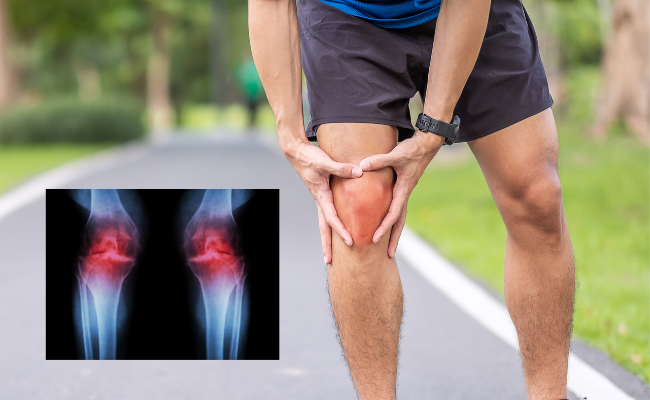How to Treat Osteoarthritis?
- November 07, 2023
- No Comments

What is Osteoarthritis?
Osteoarthritis (OA), a widespread degenerative joint condition affecting millions globally, differs from inflammatory arthritis like rheumatoid arthritis, where the immune system attacks joints. OA primarily arises from the gradual wear and tear on the protective cartilage, cushioning bone ends in the joints. In this prevalent form of arthritis, also referred to as degenerative joint disease, the gradual deterioration of cartilage leads to bones rubbing against each other when the affected joints are in use.
Why Does Osteoarthritis Occur?
The primary cause of osteoarthritis is the breakdown of cartilage, the flexible tissue that allows for smooth joint movement. As individuals age, the cumulative effect of daily activities, injuries, and genetic factors contributes to the erosion of this protective cartilage. Joint injuries, obesity, genetic predisposition, and certain metabolic conditions can also play a role in the development of osteoarthritis.
How to Identify and Diagnose Osteoarthritis?
The identification of osteoarthritis involves recognizing a combination of symptoms. Joint pain, stiffness, and reduced range of motion are common indicators. Medical professionals use imaging tests such as X-rays to visualize the extent of cartilage damage and assess the overall condition of the joints. Additionally, a comprehensive evaluation includes consideration of the patient's medical history, symptoms, and a physical examination to make an accurate diagnosis.
Treatment Solutions for Osteoarthritis:
- Lifestyle Modifications: Lifestyle changes are fundamental in managing osteoarthritis. Maintaining a healthy weight is crucial, as excess weight places additional stress on weight-bearing joints, particularly the knees and hips. Engaging in regular, low-impact exercises, such as walking, swimming, and cycling, helps improve joint flexibility, strengthen muscles, and promote overall joint health.
- Physical Therapy: Physical therapy is a cornerstone in the treatment of osteoarthritis. Therapists create tailored exercise programs to target specific joints, strengthening the surrounding muscles and improving flexibility. Education on proper body mechanics and joint protection is also an essential component of physical therapy.
- Medications: Over-the-counter pain relievers, including acetaminophen and nonsteroidal anti-inflammatory drugs (NSAIDs), are commonly used to manage pain and reduce inflammation associated with osteoarthritis. In more severe cases, prescription medications or injections of corticosteroids may be recommended to address persistent symptoms.
- Joint Injections: Injections directly into the affected joint can provide targeted relief. Hyaluronic acid injections aim to lubricate the joint, while corticosteroid injections help reduce inflammation. These interventions offer temporary relief from pain and improve joint function.
- Assistive Devices: The use of assistive devices can support individuals with osteoarthritis. Braces help stabilize and support affected joints, while canes or walkers may be recommended to reduce stress on lower extremities and improve overall mobility.
Benefits of Treating Osteoarthritis:
- Pain Management: Effective treatment significantly reduces joint pain, enabling individuals to perform daily activities with increased comfort. Pain management is crucial for improving the overall quality of life.
- Improved Joint Function: Physical therapy and targeted exercises contribute to improved joint function. Strengthening surrounding muscles and increasing joint flexibility result in better mobility and an expanded range of motion.
- Prevention of Further Joint Damage: Timely intervention and treatment play a vital role in preventing the progression of osteoarthritis. This proactive approach reduces the risk of further joint damage, preserving joint health in the long term.
- Enhanced Quality of Life: Managing osteoarthritis enhances overall well-being by alleviating pain, improving mobility, and allowing individuals to engage in activities they enjoy without significant limitations. This contributes to an enhanced quality of life.
- Avoidance of Surgical Intervention: Non-surgical treatments often effectively manage osteoarthritis, reducing the necessity for surgical interventions. This not only spares individuals from the associated risks and recovery time but also provides a conservative and effective approach to treatment.
Comments (0)